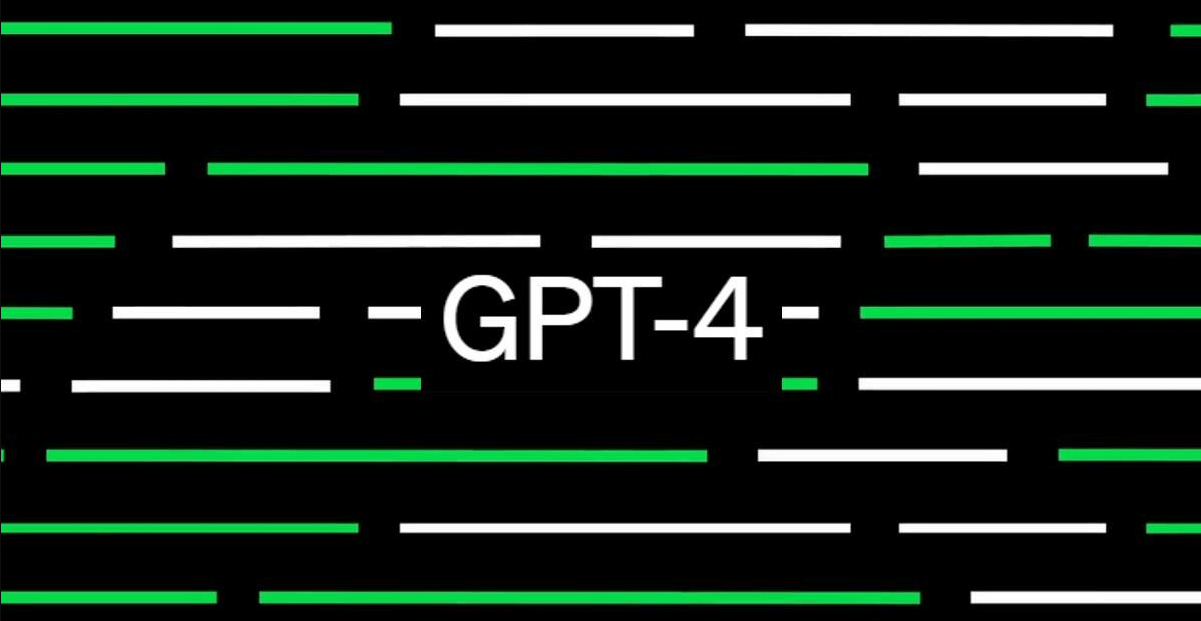The OpenAI GPT-4 is the latest language model developed by OpenAI, based on the GPT (Generative Pre-trained Transformer) architecture. It is expected to be more advanced and powerful than its predecessor, the GPT-3, which is currently one of the largest and most sophisticated language models available in the market.
In this article, we will explore the new features and capabilities of the OpenAI GPT-4, including its ability to process multimodal inputs, such as text and images, and how to use it for various natural language processing (NLP) tasks.
Multimodal Inputs
One of the most significant improvements of the OpenAI GPT-4 is its ability to handle multimodal inputs, which means it can process not only text but also other types of data such as images, videos, and audio. This is achieved by combining the transformer-based language model with a vision model, such as a convolutional neural network (CNN), to extract visual features from the input images.
The multimodal GPT-4 can be used for a variety of applications, such as image captioning, text-to-image generation, and visual question answering (VQA). For example, given an image, the model can generate a descriptive caption that accurately describes the contents of the image. Similarly, it can answer questions about the image, such as “What color is the car in the picture?” or “How many people are in the photo?”
New Features
In addition to its multimodal capabilities, the OpenAI GPT-4 also includes several new features that make it more versatile and powerful than its predecessor, the GPT-3. These features include:
- Image Input: GPT-4 can now take in images as input, allowing it to perform tasks such as image captioning and visual question answering. This is made possible through the integration of computer vision models, which analyze the image and extract relevant features that are then combined with the text input.
- Domain Adaptation: GPT-4 includes techniques for domain adaptation, which is the process of fine-tuning the model for specific domains or tasks. This allows the model to perform better on tasks that require specialized knowledge, such as medical diagnosis or legal document analysis.
- Improved Training Efficiency: GPT-4 includes improvements to its training algorithms, allowing it to be trained faster and with fewer data than previous versions. This makes it easier for researchers and developers to create and deploy customized language models.
- Better Memory and Recall: GPT-4 has improved memory and recall capabilities, allowing it to store and retrieve information more effectively. This makes it better at tasks such as language translation and summarization, which require the model to remember and manipulate large amounts of information.
See: How You Can Get Access to GPT-4 Right Now
Image Input
One of the most exciting new features of the OpenAI GPT-4 is its ability to process images as input. This means that it can generate text that describes the contents of an image or answer questions related to the image. For example, given an image of a dog, the model can generate a caption that accurately describes the breed, color, and behavior of the dog. Similarly, it can answer questions about the image, such as “What is the name of the breed?” or “What is the dog doing in the picture?”
To use image input in GPT-4, the user needs to provide the image along with the text prompt to the model. The image can be in any format, including PNG, JPEG, or GIF. The user can either provide a link to the image or upload the image file directly to the model. Once the image is inputted, the model processes it using computer vision algorithms and integrates it into the text generation process.
The image input feature in GPT-4 opens up a wide range of possibilities for generating text that is more contextually relevant and engaging. For instance, one can input an image of a dog and ask the model to generate a short story about the dog’s adventures, or provide an image of a city and ask the model to generate a travel guide. By incorporating visual information into the text generation process, GPT-4 can generate more descriptive and vivid content that resonates with readers on a deeper level.
See: Check GPT-4 Powered Bing AI
How to Use GPT-4
GPT-4 is still in development and has not been released yet. However, when it becomes available, it will likely be used in a variety of applications, from chatbots and virtual assistants to automated writing and translation. Here are some potential use cases for GPT-4:
- Conversational AI: GPT-4 could be used to create more human-like chatbots and virtual assistants, capable of engaging in more natural and nuanced conversations with users.
- Content Creation: GPT-4 could be used to generate high-quality content for websites, blogs, and social media, reducing the need for human writers and editors.
- Translation: GPT-4 could be used to improve machine translation, making it possible to translate more accurately and quickly between languages.
- Personalization: GPT-4 could be used to personalize content and recommendations for individual users based on their preferences and past behavior.
- Research and Analysis: GPT-4 could be used to analyze large volumes of text data, such as academic papers or news articles, helping researchers to identify trends and patterns.
Get Ready for OpenAI’s New Multimodal GPT-4 AI Model
OpenAI’s GPT-4 promises to be a significant advancement in the field of natural language processing, with its new features and multimodal learning capabilities. It is still in development and has not been released yet, but when it does become available, it will likely have a profound impact on a wide range of applications, from chatbots and virtual assistants to content creation and translation. With its ability to learn from multiple sources and understand the context more accurately, GPT-4 will likely play a critical role in shaping the future of artificial intelligence and language understanding.










